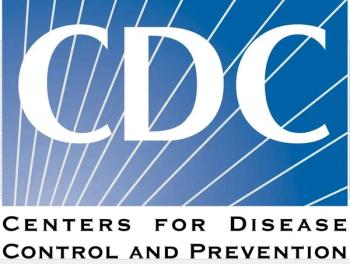
News|Slideshows|July 11, 2018
How to Improve HCV Screening Rates: A 6-Step QI Experience
Author(s)Andrew D. Bowser
HCV screening rates improved at one large clinic from 24% to over 90% and were sustained at 1 year. How? With this 6-step intervention.
Advertisement
Source: Trinh J, Turner N. Improving adherence to hepatitis C screening guidelines. BMJ Open Qual. 2018;7:e000108.Â
Newsletter
Enhance your clinical practice with the Patient Care newsletter, offering the latest evidence-based guidelines, diagnostic insights, and treatment strategies for primary care physicians.
Advertisement
Advertisement
Advertisement


